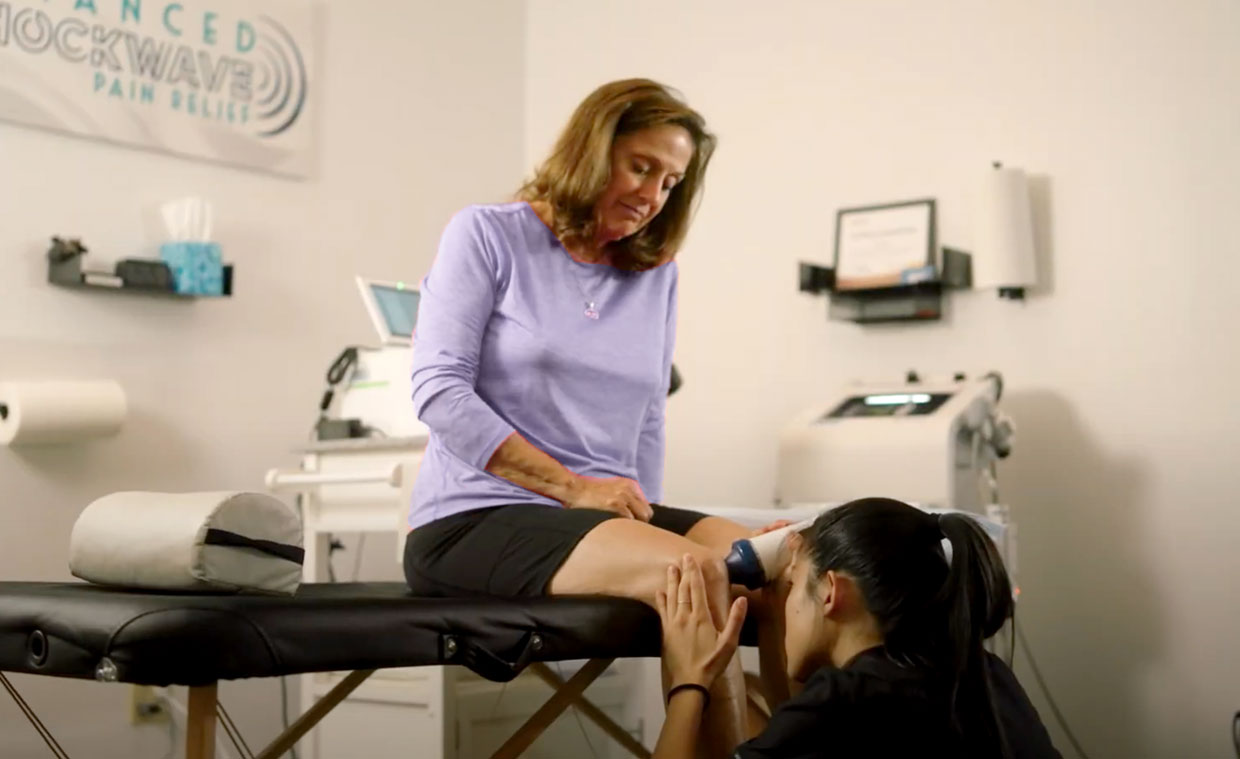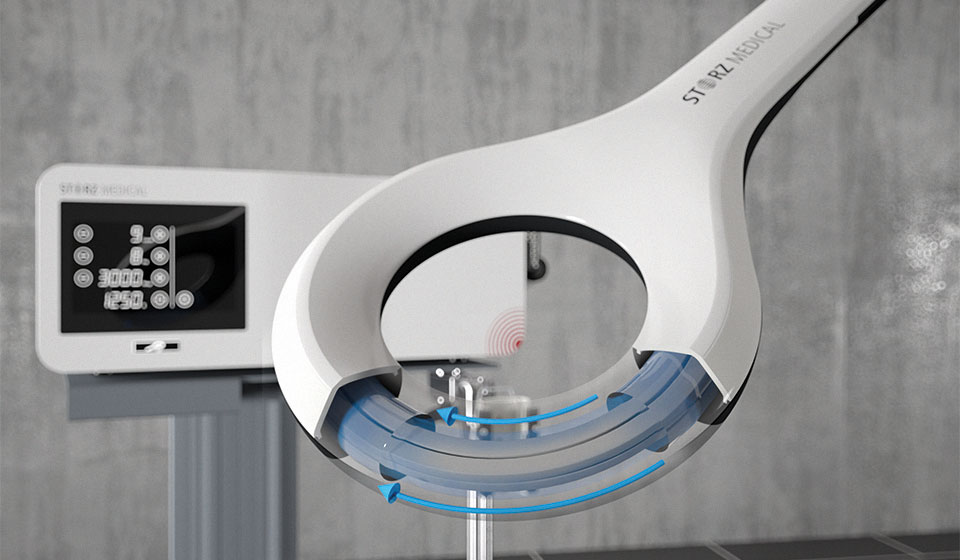How Focused Shockwave Treatment Works
Shock waves have many applications in medicine today. Originally used to break up kidney stones, this advanced technology stimulates the body’s natural healing power by powering regenerative actions at the cellular level.
Non Surgical Tissue Repair Treatment
Shock waves are sound waves, high-pressure acoustic pulses that temporarily transmit energy from the generation point to other areas. Originally used in the 1980s, the treatment was used to disintegrate kidney and gallstones, without damaging the surrounding tissue. As a non-surgical alternative therapy, it results in increased blood circulation and enhanced metabolic activity, jump-starting the healing process.
How Focused Shockwave Therapy Helps

The healthcare provider or therapist places the handpiece directly on or near the area of the body affected by the musculoskeletal condition. The focused shockwaves are then directed precisely to the target tissue, such as a tendon or ligament, where the pain or injury is localized. When the focused shockwaves interact with the targeted tissue, they create mechanical and biological effects. These effects include:
Conditions commonly treated with Focused Shockwave Therapy include:
Shockwave Therapy is highly effective at helping reduce pain in a variety of conditions effecting the tendons, muscles, ligaments, and even bone! Contact us today to learn more about how we can help you find relief.
- Achilles Tendinopathy
- Plantar Fasciitis
- Tennis Elbow
- Sprained Ankles & Wrists
- Neck & Should Pain
- Chronic Back Pain
- Stress Fractures
- Osteoporosis
What to expect from your Focused Shockwave Therapy

Similar to an ultrasound procedure, Dr. Murphy applies a conductive gel over the area in question to ensure good transmission. The patient only feels the vibration where damaged tissue is, which allows us to be very specific regarding the diagnosis and treatment.
Shockwave therapy sessions are brief, usually 10-20 minutes. The level of energy used is never above your tolerance level. Most patients experience few, if any, side effects. In areas close to a bone or extremely inflamed, some pain may be felt briefly until the device is moved from the area.
Shockwave Tools & Techniques
We have three different devices that help with different parts of the the treatment.

Focused Shockwave
Highly advanced type of shockwave that varies the depth of penetration to treat deeper issues.
Helps to initiate healing & tissue repair.

Radial Shockwave
Maximum intensity is at the skin’s surface
Helps with superficial adhesions in muscles and tissue.
Works to treat issues in the musculoskeletal system, like tendons, fascia, ligaments, and muscles.

EMTT Magnetolith
Provides the finishing touches to the treatment
Speeds up cellular activity, allowing for more fluid exchange which enhances the healing process
Recovery & Aftercare
After the Treatment patients can generally resume their daily routines immediately, though it is advisable to avoid strenuous activity for about 24 hours post treatment. Many patients report immediate relief even after one session. The treatment is non-invasive with no downtime. You may experience some mild discomfort or redness in the treated area, but this should subside within a few hours. If you have any questions call us today to speak with one of our specialists.
Call us today or use our contact form to request an appointment and start getting relief.


Related Services

Focused Shockwave
This advanced technology stimulates the body’s natural healing power by powering regenerative actions at the cellular level.

Generated electromagnetic fields are applied to specific areas of the body to promote tissue circulation.

Vita Light Therapy
Light therapy uses visible and infrared light to induce molecular and cellular reactions in the body.
.png)
